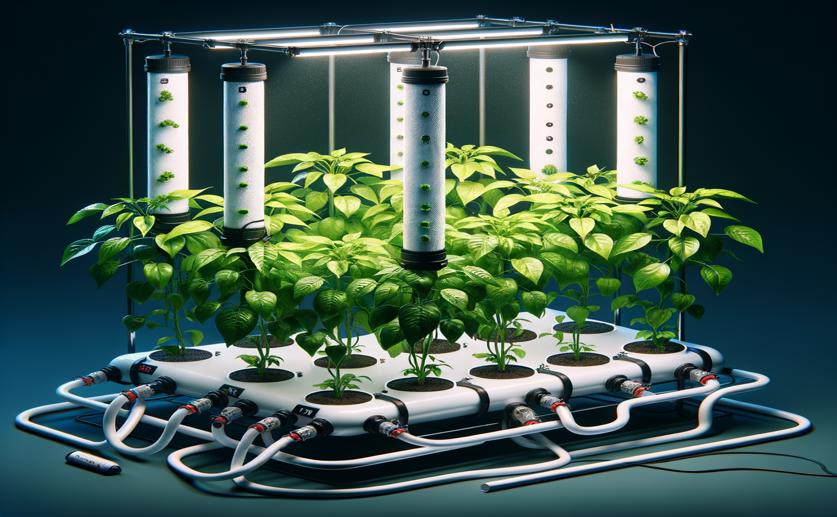
How Pepper Plants React to Different Nutrients in Hydroponics
Jim Crocker
15th April, 2024

Image Source: Natural Science News, 2024
Key Findings
- At Arak University, researchers found bell peppers need oxygen for healthy growth, especially in roots
- Nitrogen in the form of nitrate, rather than ammonium, improves pepper plants' tolerance to low oxygen
- Higher oxygen levels in the nutrient solution enhance growth and chlorophyll content in bell peppers
VegetablesPlant ScienceAgriculture
References
Main Study
1) The responses of pepper plants to nitrogen form and dissolved oxygen concentration of nutrient solution in hydroponics
Published 13th April, 2024
https://doi.org/10.1186/s12870-024-04943-7
Related Studies
2) Review: Mechanisms of anoxia tolerance in plants. II. Energy requirements for maintenance and energy distribution to essential processes.
3) Responses of soybean to oxygen deficiency and elevated root-zone carbon dioxide concentration.
Journal: Annals of botany, Issue: Vol 91, Issue 4, Mar 2003
4) Quaternary ammonium salts with tetrafluoroborate anion: Phytotoxicity and oxidative stress in terrestrial plants.
5) Nitrogen metabolism and translocation in soybean plants subjected to root oxygen deficiency.



 29th February, 2024 | Greg Howard
29th February, 2024 | Greg Howard